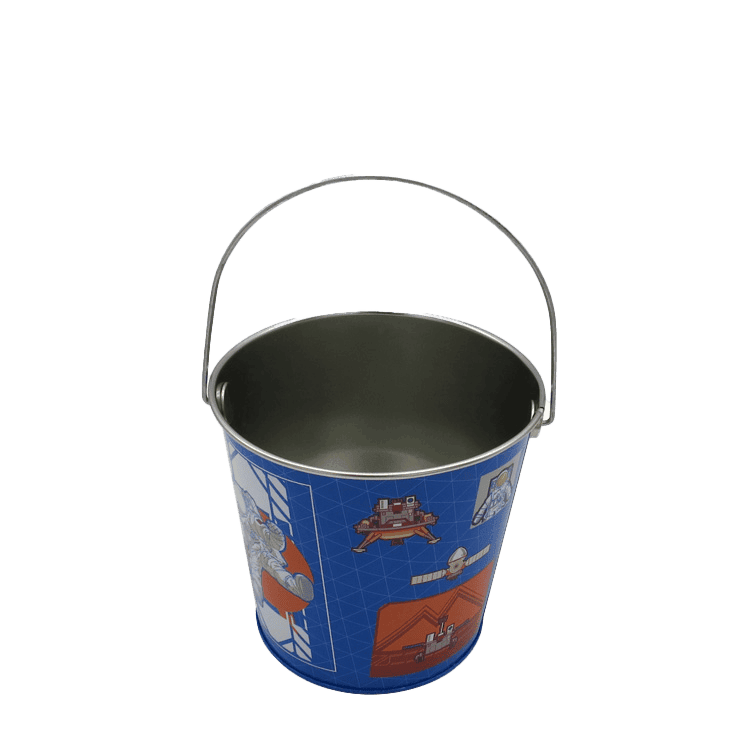
1. Smart and connected features:
With the increasing integration of technology into various household items, future tin ice bucket designs could incorporate smart features such as temperature sensors, LED lighting, or wireless connectivity for monitoring and controlling the chilling process.
2. Customization and personalization:
As consumers seek unique and personalized products, the future of tin ice bucket design may involve customizable options such as interchangeable panels, modular components, or the ability to personalize the design with custom graphics, patterns, or monograms.
3. Sustainable and eco-friendly materials:
Given the growing focus on sustainability, future ice bucket designs may prioritize eco-friendly materials, recyclability, and sustainable production processes, aligning with the demand for environmentally responsible products.
4. Multi-functional and space-saving designs:
In response to evolving urban living spaces and smaller living environments, future ice bucket designs may incorporate multi-functional elements, such as collapsible structures, stackable features, or integrated storage solutions to maximize space efficiency.

5. Artisanal and handcrafted aesthetics:
With a resurgence of interest in artisanal craftsmanship and bespoke design, future trends in ice bucket design could focus on handcrafted elements, unique textures, hand-painted finishes, and unconventional shapes to create distinct and one-of-a-kind pieces.
6. Health and wellness integration:
Given the increasing focus on health and wellness, future ice bucket designs may incorporate features tailored to specific dietary or lifestyle needs, such as space for garnishes, built-in strainers, or compartments for additional functional accessories.
These speculated design trends illustrate some potential directions that tin ice bucket design may take in the future, driven by evolving consumer preferences and broader societal shifts. As with any trend, it’s important to keep an eye on consumer behaviors, industry innovations, and market demands to accurately anticipate and adapt to the changing landscape of design.